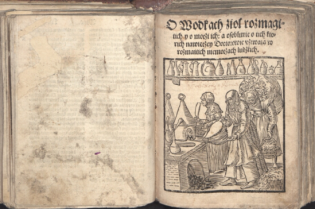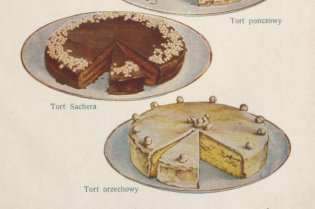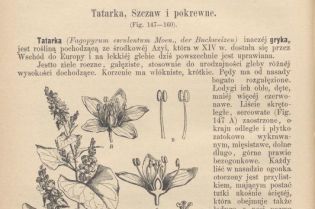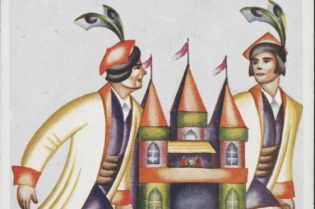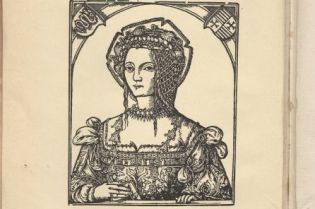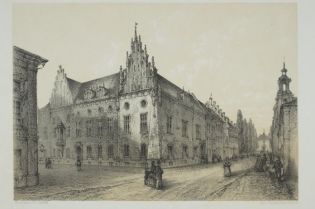Confecta and electuaria – prescription sweets
Peculiar sweets from the times of Jadwiga and Jagiełło were confecta and electuaria. The accounts of the court record that they were purchased for carnisprivium, or the Slavic carnival called zapusty. It remains unknown whether they were eaten for pleasure or to mitigate the side effects of lavish meals.
One type of confecta were spiced caramels made of sugar and spices: mace, cinammon, cubeb, Guinea pepper and anise. In the Middle Ages ingredients like these were the domain of apothecaries and used mainly for their medicinal value. In July 1393, the royal apothecary prepared special candies made of sugar, mace, cinammon, cubeb, Guinea pepper and anise. The flavour and colour of these caramels were enriched with saffron and ginger. They were supposed to aid digestion and freshen breath.
Sometimes - for important diplomatic meetings - caramels were covered with a thin layer of gold or silver. "We can only guess that they were considered luxurious, impressive gifts, but definitely also made it easier to withstand long hours of feasting" - wonders Januszek-Sieradzka. Such candies were prepared for example for the meeting of Władysław II Jagiełło with Sigismund of Luxembourg and his wife Mary, Queen of Hungary and Vytautas the Great. They were neatly packaged either in wooden boxes or containers made of tree bark.
There were also other kinds of confecta: "white ones that did not have a protective golden layer were much stronger and their main use was to prevent bad breath". Medicinal sweets had a texture similar to modern jams and were called electuaria.
Rafał Hryszko highlights the comments made by Jan Muszyński, pre-war researcher of Polish pharmacy history, that confecta and electuaria are present only in the court accounts from the time of Queen Jadwiga. "We can therefore assume that the Queen introduced the habit of eating sweets which was already firmly established in western Europe. However, we do not know whether this custom continued after the death of Jadwiga. Accounts from the beginning of the 15th century do not mention the purchases of sweets at all!".
Source: Agnieszka Januszek-Sieradzka “Artykuły luksusowe na stole królewskim w późnośredniowiecznej Polsce” [Luxurious articles on the royal tables in late medieval Poland] and Rafał Hryszko "Andree Apothecario Pro Confectionibus Et Electuariis – Cukiernictwo w Polsce w czasach Jadwigi i Władysława Jagiełły. Między Wschodem a Zachodem Europy" [Confectionery in Poland in the times of Jadwiga and Władysław II Jagiełło. Between the East and West of Europe].


